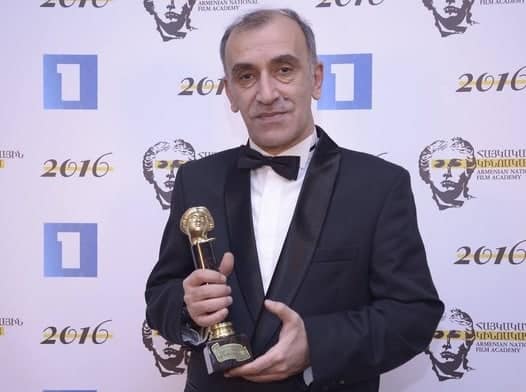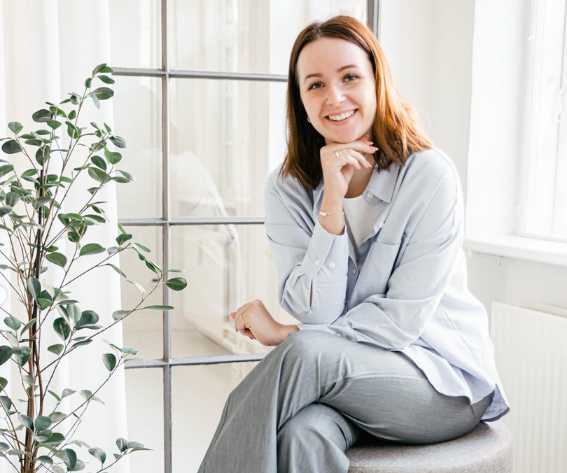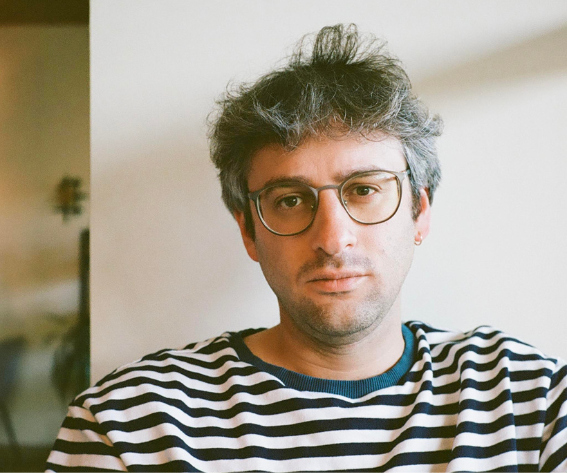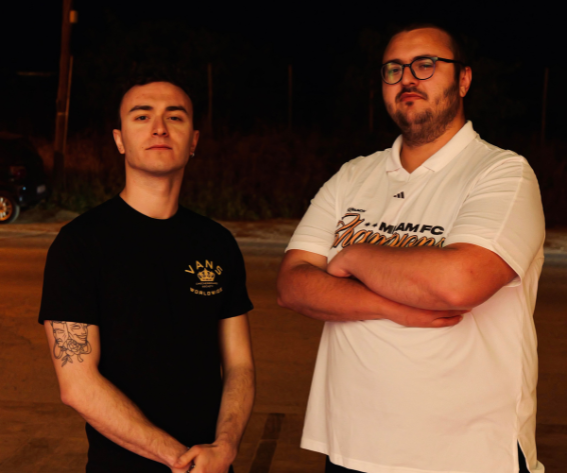Today we’re asking some questions to film director Edgar Baghdasaryan, whose film ‘The Simon’s Way‘ won our biggest award: FILM OF THE YEAR 2016 at TMFF – The Monthly Film Festival.
AB – Firstly, congratulations on your film “The Simon’s Way” winning film of the year 2016 at TMFF. What did you and your team think of the news?
Edgar – Thank you very much. It was unbelievable and very pleasant. Our entire production unit was happy to hear the news, all the more so that at that very moment we were shooting in the mountains, in severe conditions, so the news of our victory served an incredible incentive and inspiration. On the other hand, no other Armenian production has deserved such an honor in Great Britain. Armenia is a small country, but the first film was made in 1922.
AB – How did this film initially come about? What made you want to make a film about such a topic?
Edgar – The idea was hovering in the air, but I never got around to writing the script, which would fully reflect the universal constituent of the movie. After all, when you come to think of it, birds and spiders cross borders whenever they want, while humans deliberately deprive themselves of free movements, setting borders and thus restricting their existence with conventionalities. Armenian Genocide of 1915 is the second important constituent of the film. After all, it’s the Genocide that actually caused the dispersion of Armenians all around the world and the creation of Armenian Diaspora. The gorge that we see in the final part of the film stands for the disruption that our nation went through in the beginning of the 20th century. I was eager to present a grotesque and straight story of Armenian peasants, full of self-irony. I hope I was able to do it to some extent.
AB – Can you tell our readers how you went about filming this production? Were there any specific challenges or hurdles in making it?
Edgar – I should say it’s one of the rare works that was shot spontaneously and with no hassle, plus in a very short period of time. Shooting in Turkey was associated by a certain degree of danger and we were even detained for a couple of hours for the investigation of circumstances. Eventually, everything turned out all right. It’s a pity that Englishmen cannot understand the dialect of Gyumri (the second biggest city in Armenia) which my heroes speak. It abounds in unmatched humor, sophisticated phraseology and idioms. Translation, no matter how good it is, cannot express the whole fascination of Gyumri dialect. Personally, I am not from Gyumri, but I was determined to go there and work exclusively with actors from Gyumri, who are natural, unforced and free of any kind of artifice. The leading part, however, was played by Shant Hovhannisyan who is from a completely different region of Armenia, namely Syunik Region. Syunik is the exact opposite of Gyumri, being a phlegmatic region, where people are also unhurried, with good sense of humor but certainly lacking the charm of Gyumri people. Teaching Shant to speak Guymri dialect was the greatest challenge. By the way, in a small country like Armenia, there are about 86 dialects, many of which are incomprehensible to me.
AB – What was your previous experience in the industry?
Edgar – I don’t have many films, sometimes I make documentaries, which are not really documentaries, so I jokingly call them “feature films without actors”. One of these films – From Ararat to Zion, was a great success and even deserved prizes in Great Britain. It had massive distribution, primarily TV distribution all around the world. In Armenia it was shown in cinema, with full house of viewers, during one and a half month. It was unheard for Armenian documentaries. Unfortunately film distributors are not particularly interested in documentaries, considering them unattractive from the commercial point of view.
AB – How did you find your way into directing?
Edgar – I started my career in cinema in 1988 as an assistant director at “Armenfilm” film studio. In 1990 I made my first movie, which earned me success and some recognition. Later on, Armenia was in continuous blockade by Azerbaijan and Turkey, so in the 90s there were more vital concerns than cinema. To be completely honest I never actually had the choice of profession. I grew up on the set and all my dreams were associated with cinema since the age of 10. My father worked in cinematography, though he was a line producer and I was often getting in the way on the film set. Those were Soviet times and the number one destination for cinematographers was Moscow VGIK (All-Russian State Institute of Cinematography).
AB – What influences and inspires you most?
Edgar – You, know we live in rather strange times; people are carried away with the progress (or what they call it), but they still feel unhappy and lonely. There is certain degree of manipulation both in the media environment and outside. The stream of information goes beyond all borders and it is impossible to digest or realize everything that’s going on. I am incredibly impressed by humans’ sense of compassion without turning it into personal promotion or another chance to amuse oneself. In polemics about art, the art itself and its mission are often ignored, downgraded to the level of mere self-expression. The most important thing for me is to see the macro world in the micro world. Chekhov’s little man in contemporary crazy world – this is, perhaps, my main source of inspiration at present; I can’t speak for tomorrow for it has not yet arrived.
AB – What advice do you have for other filmmakers wishing to share their stories with the world?
Edgar – I don’t know if I can make a good adviser. I would not want to go deep into didactics but there are a few things I would tell them. The first thing is that real strawberries are better than artificial strawberry flavor, just like a real woman compared to a silicon doll. It is important to understand that nowadays, when motion-picture is no more a miracle, as it used to be for our past generations, who screamed with delight developing and printing photos in laboratories, the actual story you are going to present becomes of utmost importance. Never take pride in making films in this style and not another. Every story “speaks” for itself, telling you how it should be presented, so you should listen to it and comply with. Akira Kurosawa, who never made a «Kurosawa style» film, is a vivid example of this, as compared to Bergman and Tarkovski who I equally appreciate. I have two master-classes in Yerevan and I try to develop them following this very approach, though I should say some are inborn postmodernists.
AB – What’s up next for you?
Edgar – It’s a full length film in three parts. More than the half of the film is already completed. The working title is One and a Half Hour Before Sunrise. The first part of the film presents the 21st century, the second one shows the end of the 19th century and in the final third part the events develop in the early 11th century. The first two parts are ready, so I hope to find funding for the third one. As you might know Armenia is a small and not very wealthy country, so financial challenges are rather common for filmmakers too. We intend to present a parable about faith, compassion and the moral code inside us . The production unit is the same – people who are in love and literally obsessed with cinema.
AB – Can you tell our readers where they can find your film in the future and follow your progress?
Edgar – Unfortunately (or fortunately) I am very active in the media space, particularly on Facebook (https://www.facebook.com/edgarbaghdasaryan?ref=name). My official private page is currently under development. I would like to thank you once again for your high appreciation of our film and wish the festival prosperity. I will recommend my colleagues to submit their films to your festival, which esteems cinematographic expression and is governed by objective criteria (quite a rarity in our politicized times). Personally, I am ready to contribute to this policy to the best of my abilities, any time and in any manner.
Edgar Baghdasaryan is a film director born on March 9th, 1964, in Yerevan, Armenia.









Leave a reply